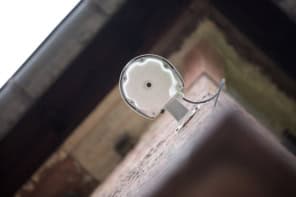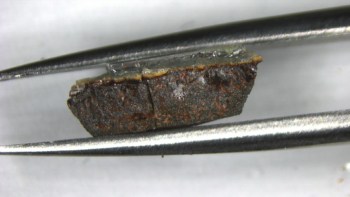Physicists in the US and Japan have found strong experimental evidence that phonons -- tiny vibrations of a crystal lattice -- play a key role in high-temperature superconductivity. They believe that the phonons allow electrons with opposite spins to pair up, which is widely believed to be what happens in conventional low-temperature superconductors.

Superconductivity is thought to be the result of electrons pairing up with one another to form bosons. The pairs then collapse into a single quantum state via a process called Bose-Einstein condensation and so allow electric current to flow without resistance. In conventional (low-temperature) superconductors, this pairing mechanism has been established using tunnelling spectroscopy, which reveals individual bosonic modes or phonons. But until now, no such boson-mediated electron pairing has ever been observed in high-temperature superconductors.
Seamus Davis of Cornell University in the US and co-workers in the US and Japan have now managed to perform such measurements in the high-temperature superconductor bismuth strontium calcium copper-oxide (BSCCO) for the first time (Nature 442 546). BSCCO becomes superconducting below a temperature of about 95 K. The researchers achieved their results by measuring the energy states in the superconductor on an atomic scale. They did this by placing the tiny metal tip of a scanning tunnelling microscope above the surface of BSCCO and looking at changes in the electrical current passing between the tip and sample as the tip’s voltage was changed.
Davis and colleagues found that the current changed across the sample as the tip was moved by just a few nanometres. The result indicates that the electron-pairing mechanism varies on these tiny scales and that, contrary to conventional wisdom, there is some sort of interplay between the paired up electrons and the crystal lattice, as in low-temperature superconductors (see figures). Researchers have previously suggested that electron-electron interactions or effects connected with magnetic atoms in the material are responsible for high-temperature superconductivity.
The next challenge is to understand what role, if any, this interaction plays in the pairing mechanism of high-temperature superconductivity.



